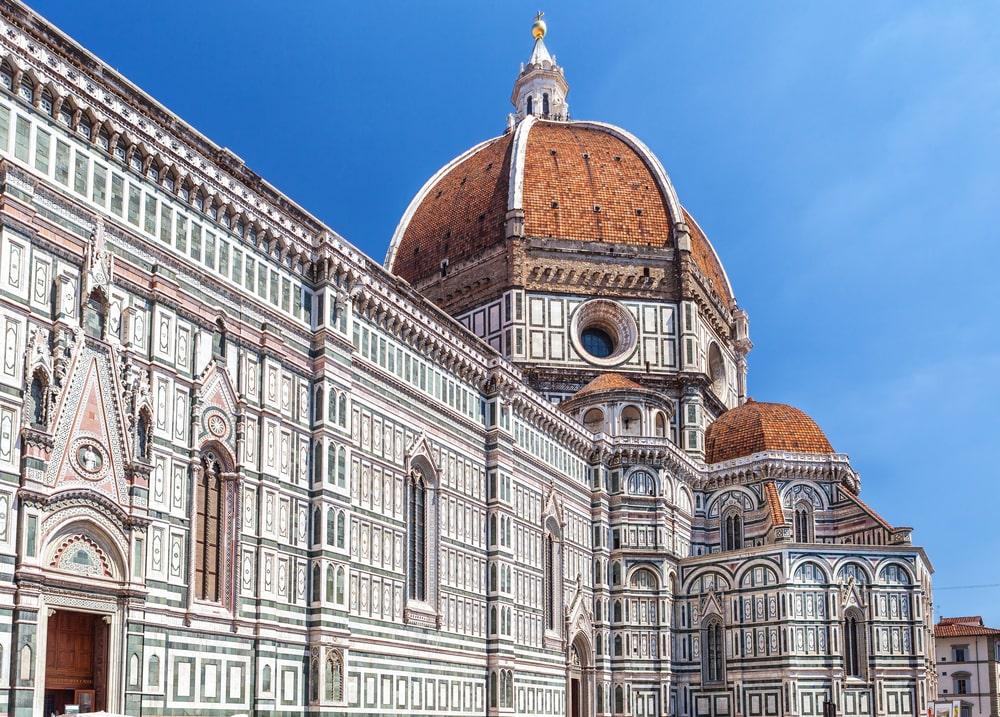Britain – and, indeed, the United Kingdom and Ireland – boasts a rich history, and the artefacts and structures to prove it. So, let us take a brief look at all the main architectural styles of the area, from the middle ages to the modern day.

Middle Ages
Anglo-Saxon
The Anglo-Saxon era is commonly referred to as the beginning of British architecture, despite settlements and structures that predate it. The highlight of Anglo-Saxon architecture has to be the magnificent churches built as Christianity spread throughout England after the arrival of St Augustine.
Norman
After the invasion of the Normans, many castles were erected in order to put their stamp on the country, and cement themselves as the rightful rulers. The sheer scale of the ecclesiastical and fortified structures, known for their Romanesque curved arches, is something never seen before in British history – just look at The Tower of London and Windsor Castle.
Plantagenet Era
English Gothic
With iconic pointed arches, stained glass windows, buttresses, and more, the English Gothic architectural style went to even greater heights and the Normans. Most commonly seen in world-famous cathedrals, some must-see examples include Canterbury Cathedral and Westminster Abbey.
Renaissance
Tudor Style
Developing on the Gothic style, but with hints of Tudor trends, this architectural style was immensely popular throughout the Tudor period. Such buildings are recognisable from their exposed wooden beams, mouldings, and low, wide arches.
Age of Enlightenment
English Baroque
At the end of the Renaissance era came the English Baroque style, popularised in the rebuilding of London’s churches after the Great Fire by Sir Christopher Wren. Arguably the most beautiful – and ambitious – building in this style is St Paul’s Cathedral, but it can also be seen in Chatsworth, Blenheim Palace, and Castle Howard.
Georgian
Georgian architecture varies significantly, but finds its roots in classical shapes and uniformity that was revived during the Renaissance. Due to its durability, much Georgian architecture survives today in Edinburgh, Newcastle-Upon-Tyne, Dublin, and Bristol, particularly.
Victorian Era
Gothic Revival / Neoclassical
As industrialism expanded, as did the need for its buildings. Thus, many industrial buildings were built in revived classical and gothic styles, replacing the original buildings that had been destroyed to make room for more functional spaces. This style was also popular in the United States of America, bringing a British historical feel to many cities.
Modern
From the 1920s, there has been an immense number of different modern architectural styles, embracing new technologies, materials, and construction techniques. Think everything from Poirot to the Sydney Opera House, The Eiffel Tower to The Empire State Building.
In fact, in the modern era, it is even possible to build your own home (with professional help of course!), or at least do some DIY without affecting the structural integrity of the building. With new tools and technologies constantly hitting the market, transforming your home through renovation and decoration has never been easier.
So, whether you prefer a property with sharp corners or swooping curves, natural woods or concrete, traditional shutters or floor-to-ceiling windows, this brief overview of Britain’s architectural history will allow you to understand all the basics of each architectural style.
Image by Depositphotos





